CULTILITE GROW Bulb 4200°K
CULTILITE – MH BULB 150W – GROW 4200°K is an industrial light specifically adapted to meet the needs of indoor plant cultivation for the vegetative growth phase, offering high efficiency, a well-balanced spectrum, and solid construction, making it useful for hobbists and professionals alike in horticulture.
The Cultilite MH 150W lamp is an E-40 base lamp that fits most horticultural fixtures. It is recognized for its rugged connections and high wattage capability to offer stable operation and safety.
Applications in Horticulture
Although the lamp is mainly suitable for vegetative phases owing to its blue-rich spectrum, it can also be included in any points of the plant’s life cycle when mixed with other light sources. For example, this lamp could be combined with High Pressure Sodium (HPS) lamps to broaden the emitted light spectrum to cover both vegetative growth and flowering since the latter would generate more red wavelengths. This adaptability makes Cultilite MH 150W important in most possible scenarios in cultivation, from miniature indoor gardens to gigantic commercial operations.
Optimal Light Spectrum for Vegetative Growth
It gives off cool white light of 4200°K, very close to natural daylight. It emits a high amount of blue wavelengths, crucial in the vegetative phase of plant growth. Blue light catalyzes chlorophyll production, resulting in vigorous leaf development and robust stem growth. Such spectrum light is provided by Cultilite MH 150W lamp to ensure that plants develop a solid foundation from the very first days of emergence because healthy vegetative stages guarantee a successful flowering stage and fruit development.
High Luminous Efficacy and Output
The lamp, with an admirable luminous efficacy of 107.16 lumens per watt, converts electrical energy into visible light with great efficiency, yielding a total luminous flux of 17000 lumens. The resulting high light output thus guarantees that the plants are provided with sufficient illumination for vigorous growth and development. The high brightness further induces light penetration into the plant canopy for lower leaves to collect visible light for photosynthesis.
Enhanced Photosynthetic Activity
The Photosynthetic Photon Flux (PPF) of 220.47 µmol/s reveals the lamp’s efficiency in supplying light in the photosynthetically active radiation (PAR) region, which is necessary for photosynthesis. A greater PPF indicates the higher number of photons available from the lamp for plant energy production, which may lead to healthier growth and potentially higher yields. Thus, the Cultilite MH 150W lamp is very much qualified for the grower focused on maximizing their indoor garden productivity.
Energy Efficiency and Reliability
With a power factor of 0.9141, the lamp efficiently uses power, thereby saving electrical energy and the costs of operation.Likewise, efficient lamps contribute to the economics of the grower while at the same time promoting sustainable agricultural practices that help lessen the impact on the environment.Besides, durability and long-life design of the lamp minimize replacement and maintenance support activities.
Conditions for CULTILITE GROW Bulb 4200°K Optimal Use
For maximizing the Cultilite MH 150W, growers must consider the following:
- Proper Fixture Selection: Mount the lamp in an appropriate fixture that can withstand the stated wattage and is installed with appropriate reflectors directing light efficiently onto the plants.
- Proper Ventilation: Ventilation or cooling systems should be put in place, since MH lamps generate heat while operating and balance optimum temperatures to avoid heat stress in plants.
- Lighting Schedule: Follow a schedule of lighting that is regular and consistent with the substitution that should be applied to the particular species of plant that is being grown. Usually, the vegetative phase benefits from about 16-18 h of light per day.
- Safety Measures: Observe the safety precautions on installation and use as per manufacturer specifications. Ensure all electrical connections are tight and the lamp operates only within rated voltage to prevent hazards.









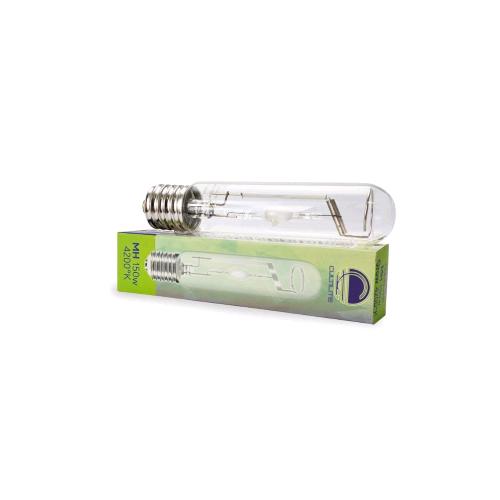
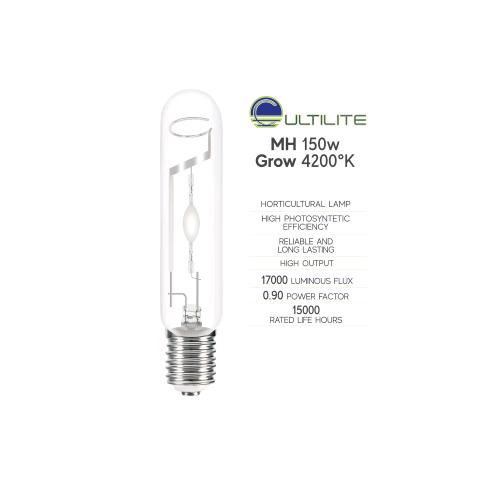
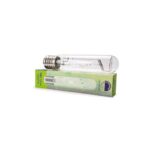



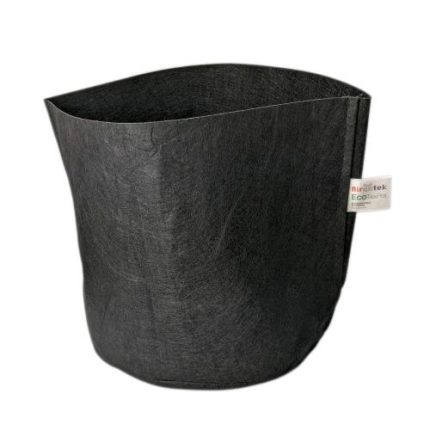

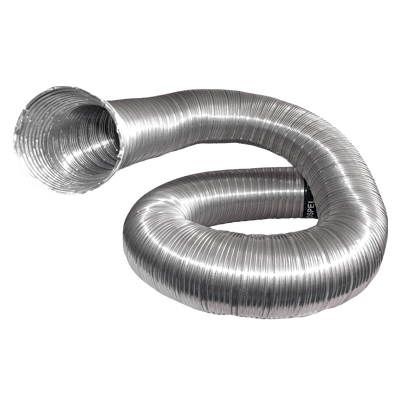




Reviews
There are no reviews yet.